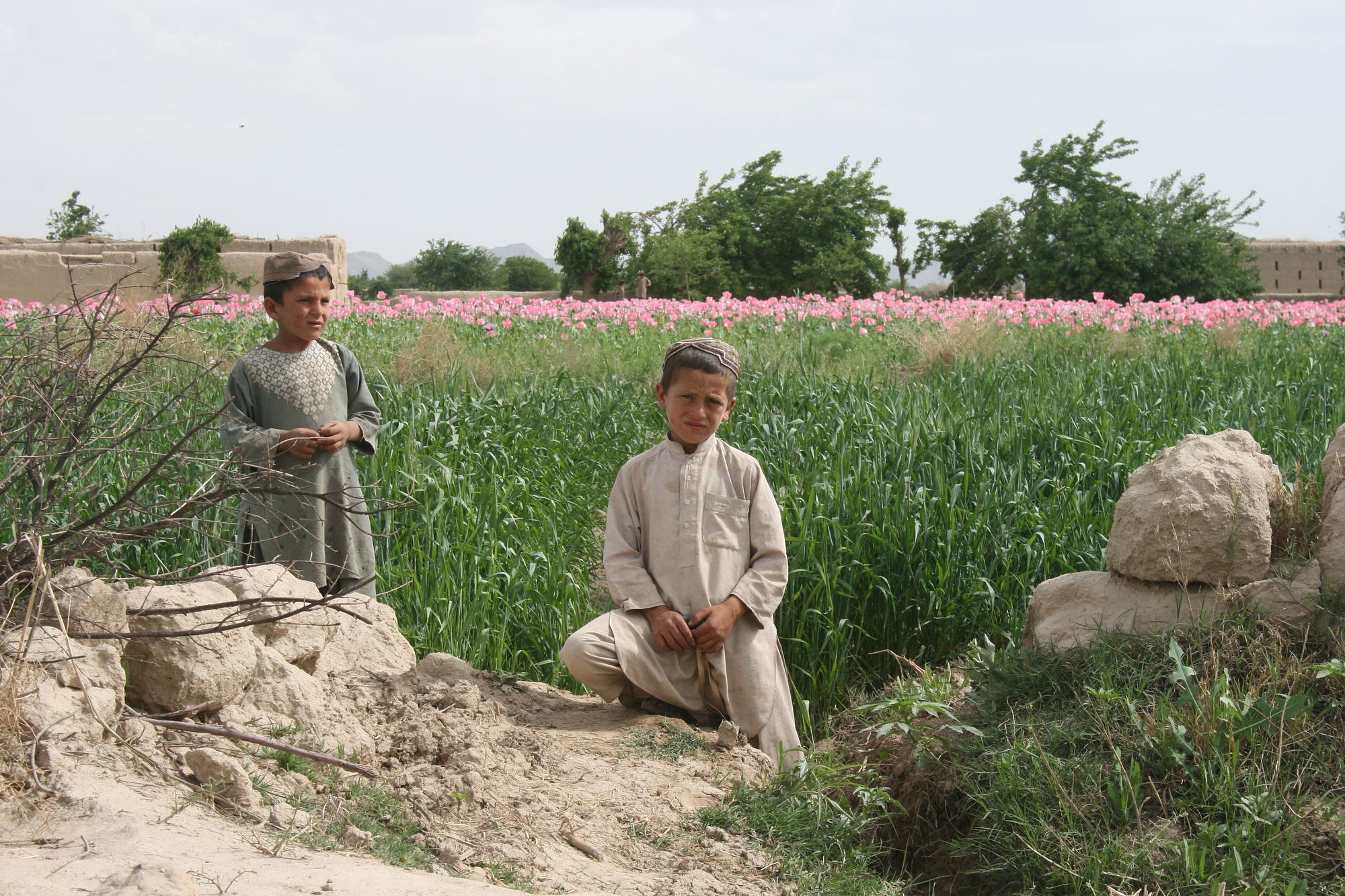Published: October 29, 2014
Meena Menon
The HinduSCALING NEW HEIGHTS: Glaciology is not for the faint-hearted. Picture shows Mohd Soheb, a glaciology researcher, checking the precipitation gauge at the JNU base camp .Photo: By Special Arrangement
Though studies point to an increase in the pace of glacier wastage in the western Himalayas, long-term monitoring is required to study glacier evolution and its relation to the climate
At dawn, Mohd Soheb begins an arduous trek to the high camp at Chhota Shigri glacier in the Pir Panjal range in Spiti valley, Himachal Pradesh. From the PWD guesthouse at Chota Dara, he walks down to the Chandra river where he travels across in a small iron crate using an ingenious system of pulleys to the base camp at about 3,850 metres set up by the Jawaharlal Nehru University’s (JNU) School of Environmental Sciences.
From the camp, the snout of the glacier located at about 4,050 metres, looks deceptively close but actually requires a two hour climb over moraine. Covered by a sheet of dirty ice, it is almost blocked by stones but has a clear stream flowing from it which meets the river downstream at Chota Dara. Soheb will go ahead to 4,800 metres, to the high camp from where he will be carrying out studies. Steam drills are carried all the way up to dig into the snow and ice to place bamboo stakes up to 10 metres deep for measuring melting at intervals after the snout of the glacier. About 100 km from Manali, the glacier is relatively accessible, but for students like Soheb doing his M.Phil in glacier studies, the hardest part is getting there. The five-hour drive from Manali over non-existent roads is bone crushing and then the climbing over moraine filled with giant boulders. What is more challenging is measuring the winter snow accumulation, also called winter balance, just when the snow starts melting in late May, Soheb says. Last year he, along with other researchers, walked 30 km to reach the glacier since the area was snowed under and the roads were not open.
Glaciology, therefore, is not for the faint-hearted. JNU solved the issue of trained human resources by launching a programme from 2013 under a Department of Science and Technology (DST)- Indo-Swiss capacity building programme for budding glaciologists, training nearly 30 persons for advanced research in Himalayan glaciology. Chhota Shigri is one of the earliest glaciers in the country to be studied since 1986 as part of the Himalayan Glaciology Research Programme by DST. This was discontinued in 1989.






